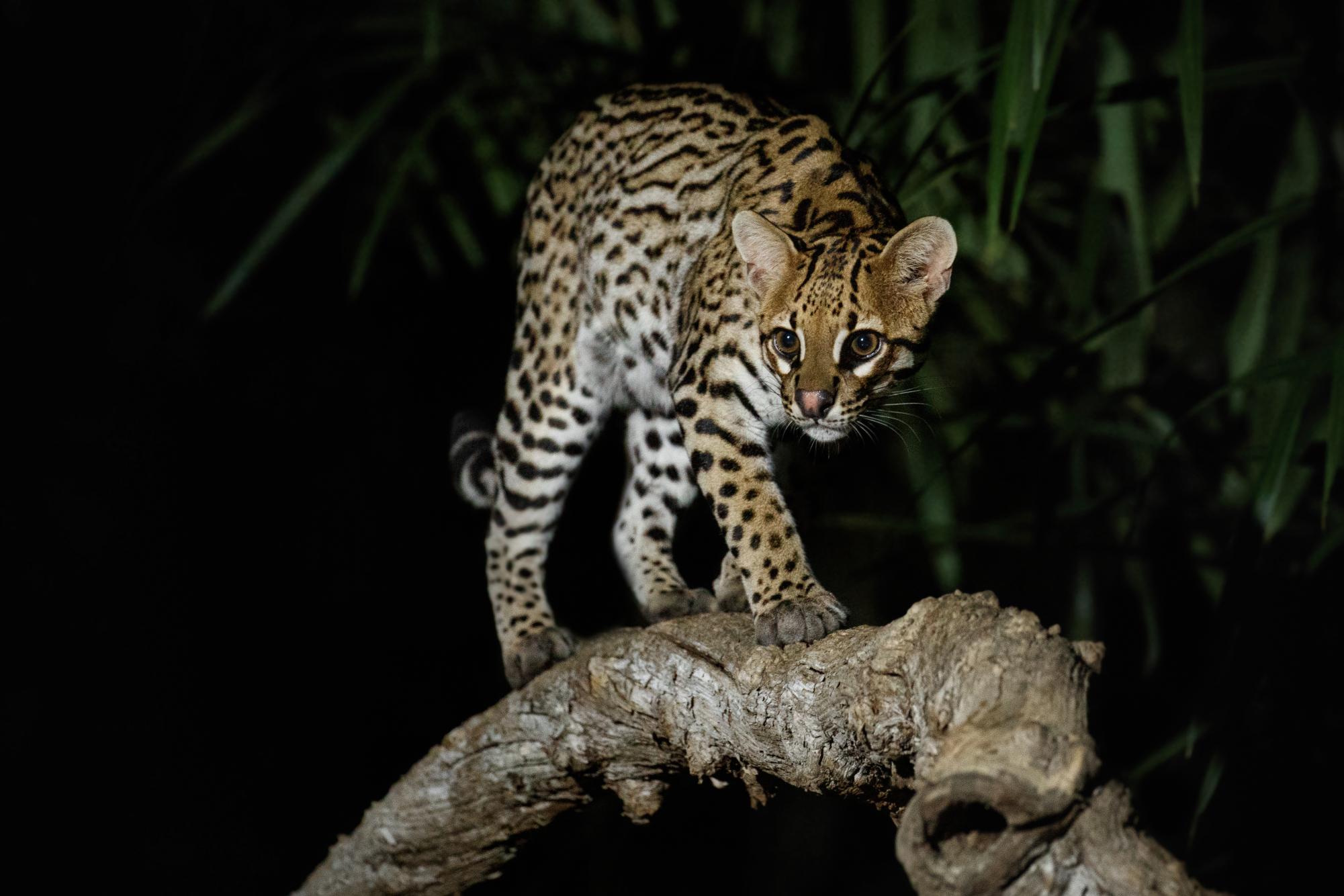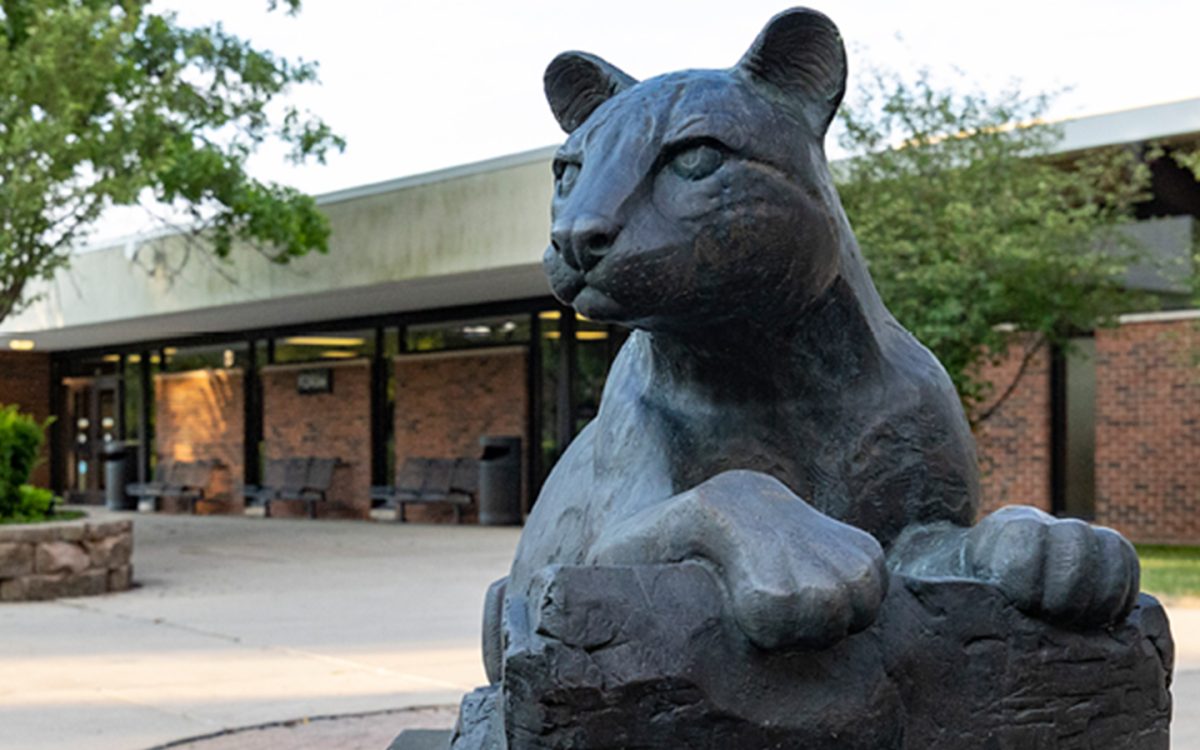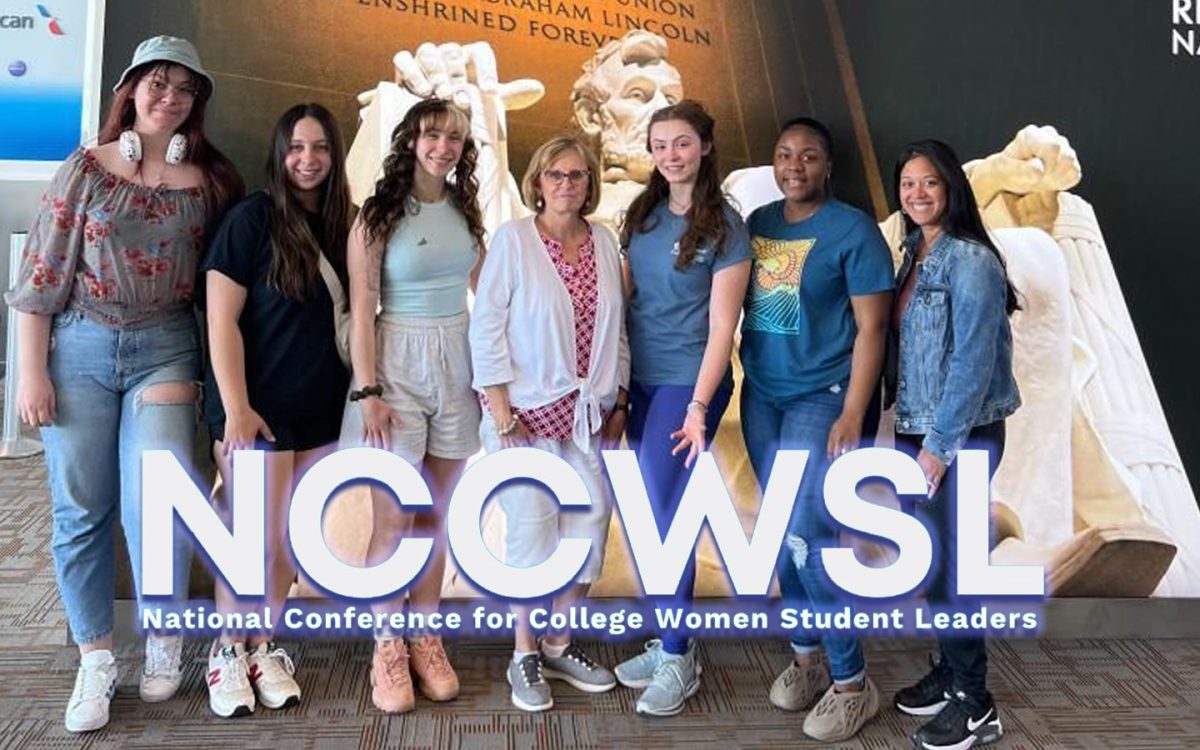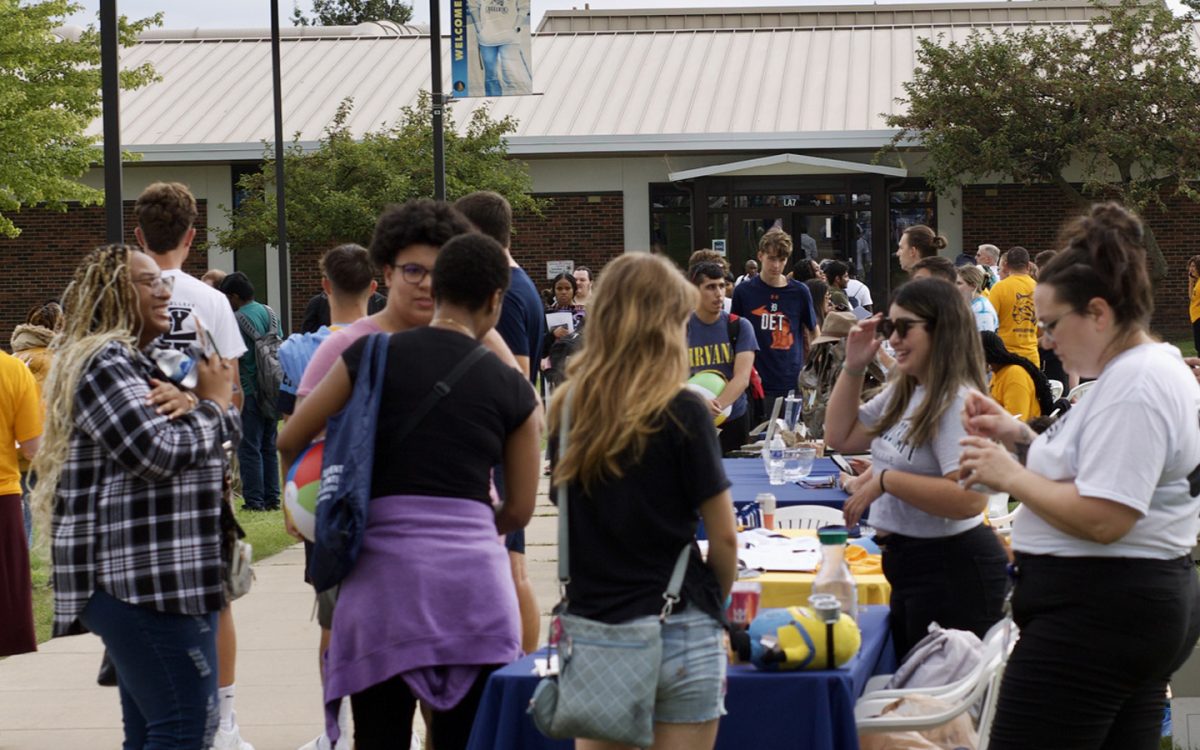The ocelot has been the mascot of Schoolcraft College since 1966, though you may not know too much about them.
These mid-sized wildcats are about 15 to 20 inches tall at the shoulder, and weigh between 18 and 34 pounds. They have a dappled coat of fur covered in black markings, with a white underbelly. Each ocelot has a unique pattern of stripes, spots and rosettes. Their eyes are a rich golden-brown color, and they have rounded ears with white spots. Scientifically named leopardus pardalis, they typically live for about 15 years, though some make it to 20. Ocelots remain with their mothers until they reach full maturity at about 2 years old.

Ocelots are most active at night, sleeping during the day and waking around dusk. These wildcats climb, leap and swim throughout their territory. They prefer habitats with a dense forest and an ample supply of water and food. Ocelots are carnivores, primarily eating small mammals such as rodents and armadillos, though they also eat birds, lizards and fish. Ocelots are native to the southwestern U.S., Mexico, Central and South America and the Caribbean islands of Trinidad and Margarita. Despite their global population that is estimated to be around 1 million, there are fewer than 100 ocelots remaining in the U.S. This only leaves just two small populations of them located in Texas. Previously, these cats used to be found throughout Louisiana, Arkansas and Arizona as well. The northern subspecies of ocelot is considered to be endangered due to extensive habitat destruction, hunting and traffic accidents causing Ocelot populations to continue to dwindle. The ocelot overall makes it onto the IUCN (International Union for Conservation of Nature) red list of threatened species, though in the category of least concern. Meaning, the global ocelot population is stable enough that they are highly unlikely to face extinction any time soon. Efforts are being made to increase ocelot numbers in the U.S., as well as to protect them on a wider scale. Most countries with ocelot populations have made it illegal to hunt them or keep them as pets. While ocelot numbers may be declining and their habitats shrinking, the wider population is nowhere close to being in dire straits just yet. Thus, making these animals survivors and fighters, fitting perfectly as our mascot at Schoolcraft.





















